The Beer Revolution
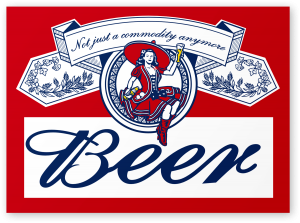 Beer drinking sure has changed since I was a kid. No, I didn’t drink beer back then (though I did drink coffee). But beer marketing is very pervasive, and even at a young age, I paid close attention to what the grown ups drank. They drank mostly pilsners: cheap, industrial brews that were very unlike the craft beers my friends and I drink today. So why has beer drinking changed so much in this this country? Lets take a look.
Beer drinking sure has changed since I was a kid. No, I didn’t drink beer back then (though I did drink coffee). But beer marketing is very pervasive, and even at a young age, I paid close attention to what the grown ups drank. They drank mostly pilsners: cheap, industrial brews that were very unlike the craft beers my friends and I drink today. So why has beer drinking changed so much in this this country? Lets take a look.
No Smoking Sections
Craft brewing has grown by leaps and bounds in the last decade. I think a lot of it has to do with smoking bans. Just a decade ago, you could smoke in most every bar. Now smoke-friendly bars are the exception to the rule. In the bad old days, everything in the bar tasted like acrid smoke. With bar patrons unable to taste their drinks, beer became a commodity, differentiated only by marketing campaigns. Once the smoke dissipated, people could start choosing beers based on taste, rather than branding.
Generational Divide
Craft beers are more expensive than mass-produced lagers. This is a hard fact. Go to the beer aisle at the grocery store and see for yourself. And yet, I’ve seen posh country clubs with nothing but Bud and Miller and seedy dive bars with Stella and Chimay. What gives? It’s a generational divide. Because they grew up with a extensive selection of quality beers, young people are more likely to enjoy craft beers. On the other hand, older drinkers who grew up with a limited, post-Prohibition selection are fine sticking to the beers they’ve drunk for years.
Long Tail
Beer is not the only market that has widened in the last few years. The rise of the Internet has made it possible for small businesses to carve out a niche in existing markets. This has led to a concept called the “long tail”. In a long tail scenario, two or three big companies dominate a market while dozens of smaller competitors hold their own. The beer market is a perfect example of this phenomenon. Of course, as the older Bud-and-Miller drinkers die off, the “short head” of the market will erode away. That’s why the big beer conglomerates have been busy buying microbreweries for years. Chances are that craft beer in your hand is made by InBev or MillerCoors. But in any case, it’s still delicious. And even if a few companies dominate that market, I’m still glad for a choice of beers. So let’s raise a glass to craft brewing. Prost!
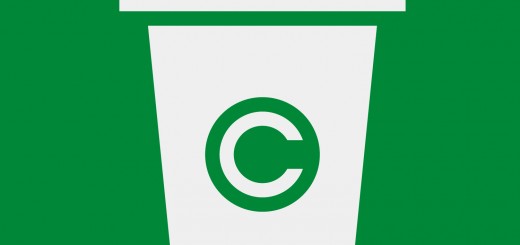


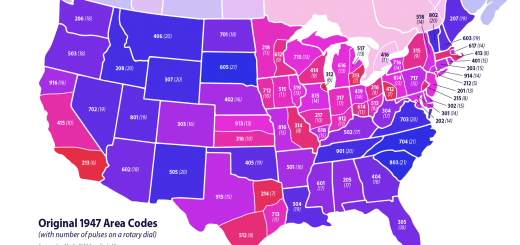

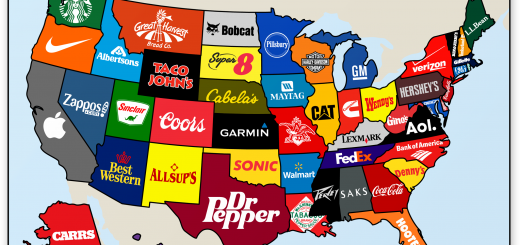
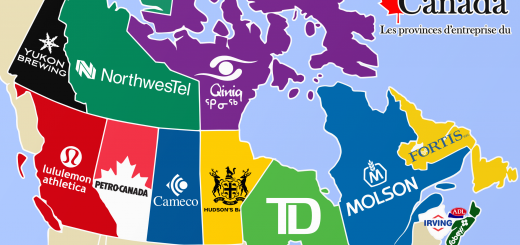
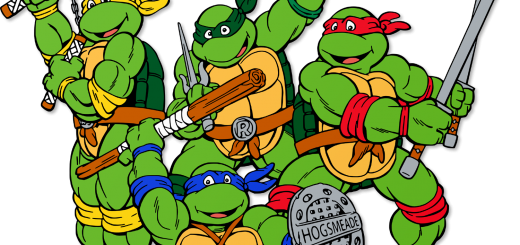
13 Responses
[…] beer or music or any number of industries, television is turning into a Long Tail market. In the future, […]
[…] but it’s still just someone’s opinion. Also, awards go out of date. Yeah, Pabst beer won a Blue Ribbon back in the 1800s, but what have they done […]
[…] was more fun than actually using it. Backstage at the concert was a mostly empty room with some beer and pop. The band members were nice enough, but they were just hanging out, instead of doing crazy […]
[…] about it, the celebration of German culture (I’m half-German on both sides of my family), the beer, the brats, the Bavarian dresses and the fact that it’s celebrated in September. Only the […]
[…] photos of the Oktoberfest celebration itself, but with the rain coming down at my hands full of beer and brats, I couldn’t devote quite the care I would have liked to. Still, I am impressed with […]
[…] For example, Budweiser and Miller may dominate beer sales, but there are a thousand little microbrews out there that are making money too. Just because reality shows are popular and profitable […]
[…] you want, especially if you’re a fan of Franziskaner Hefeweizen. Even though it’s a beer celebration, the Addison Oktoberfest only has three beers, Spaten Oktoberfest beer, Spaten Pilsner […]
[…] that it’s true for a lot of things. I am not a beer snob either. I drink a fair amount of craft beer, but honestly, a lot of the subtleties are lost on me. 21st century beer connoisseurs describe […]
[…] then. What kinds of beer to you […]
[…] the building is an extensive gift shop, with a bar. There you can sample a half-dozen kinds of beer for free, or buy a pint or a growler. You can even take a tour (guided or solo) of the working […]
[…] Coffee: Starbucks has experimented with serving beer and wine in select locations, but it’s not a bar. There are a wide variety of alcoholic […]
[…] So even if Budweiser and Miller still dominate beer sales, you can still make a profit with a microbrewery. You customer base might be a whole lot smaller, but if your customers appreciate your product, […]
[…] founders, the Busch family. Once the name Busch Stadium was approved, they came out with a new beer called Busch Beer. In this case, the beer was named after the stadium, not the other way […]